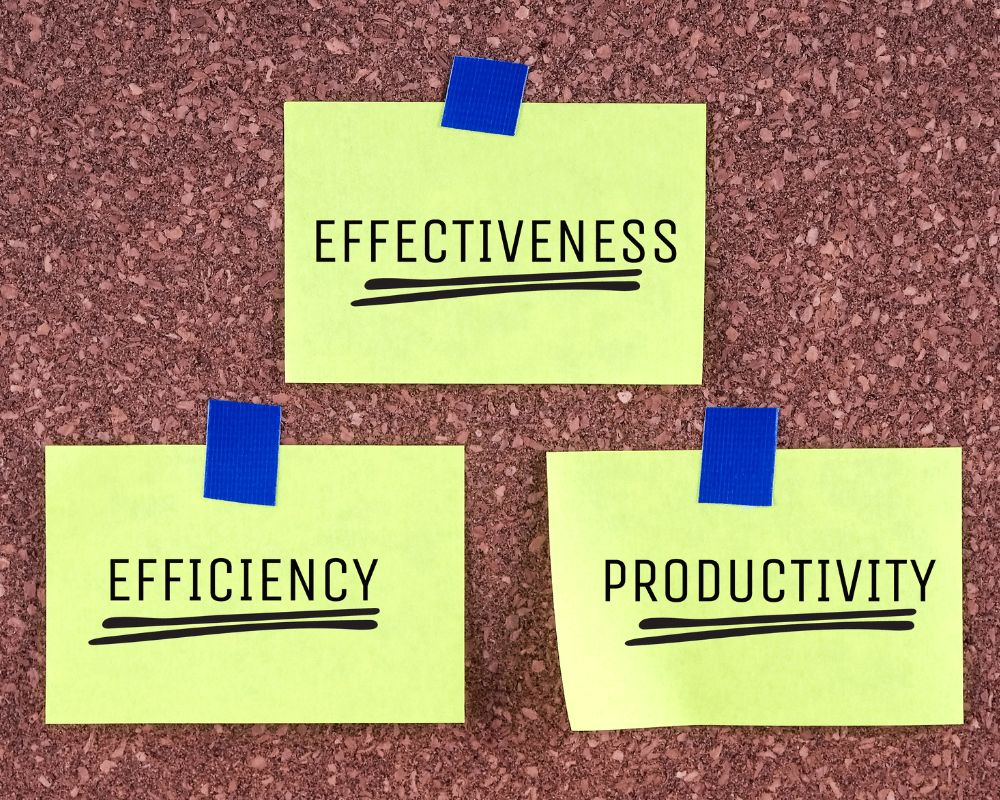Effective asynchronous work is crucial for the success of remote teams. When team members are spread across different time zones, the challenge of coordinating work schedules can hinder productivity. Creating clear guidelines and communication strategies ensures that everyone remains on the same page, regardless of their location. This approach not only enhances efficiency but also reduces the stress associated with miscommunication and deadline pressures.
To navigate the intricacies of asynchronous work, it’s essential to prioritize comprehensive documentation and transparent processes. Documenting workflows, decisions, and project updates provides a reference point, allowing team members to stay informed and aligned without having to wait for real-time updates. This practice empowers your team to operate autonomously while maintaining cohesion.
Equally important is leveraging the right tools and technologies to facilitate seamless asynchronous collaboration. Investing in robust project management software, communication platforms, and shared file repositories can streamline interactions and keep everyone connected. By integrating these tools into your daily routine, you foster a productive working environment that transcends geographical boundaries.
Defining asynchronous work

Asynchronous work refers to tasks and communication that do not require immediate responses or real-time interaction. This allows team members to collaborate across different time zones and schedules effectively.
Exploring asynchronous communication
Asynchronous communication is pivotal in remote teams. It involves sharing information and updates using tools like email, project management software, and collaborative documents.
Examples of tools:
- Email: For detailed and non-urgent communications.
- Project management software: Platforms like Trello or Asana help assign tasks and track progress.
- Collaborative documents: Google Docs or SharePoint for real-time editing and comments without needing simultaneous presence.
Implementing asynchronous communication requires clear guidelines. Specify response times, preferred communication channels, and expectations for updates.
Advantages of asynchronous work
There are several benefits to asynchronous work, especially for remote teams.
Key advantages:
- Flexibility: Employees can work during their peak productivity times without needing to align with others’ schedules.
- Diverse Talent Pool: Engage employees from various regions, contributing to diverse perspectives and skills.
- Reduced Interruptions: Focus on tasks without the constant interruption of synchronous meetings or real-time conversations.
Establish best practices, such as clear documentation, regular check-ins, and transparent communication protocols, to maximize these advantages.
Implementing effective task management

Effective task management in asynchronous work requires clear delegation, regular progress tracking, and the use of reliable project management tools. This ensures tasks are handled efficiently and deadlines are met.
Task delegation
Proper task delegation involves clearly assigning responsibilities to team members. To avoid confusion, it’s crucial to specify the expectations and deadlines for each task. Use written documentation to assign tasks, providing detailed instructions and context. This helps team members understand their roles without needing real-time clarification.
Create a centralized task list where everyone can see their assignments and deadlines. Regular check-ins through asynchronous updates, such as emails or project management comments, can help ensure everyone is on the same page.
Progress tracking
Tracking progress keeps tasks moving forward and helps identify bottlenecks. Use visual aids like Gantt charts or Kanban boards to display ongoing tasks and their stages. Encourage team members to update the progress of their assignments regularly. This gives a clear picture of what has been completed and what’s pending.
Set up milestones to celebrate achievements and provide feedback. This can motivate your team and keep everyone aligned with project goals.
Utilizing project management tools
Selecting the right project management tool is essential for organizing tasks and ensuring smooth operations. Tools like Trello, Asana, and Jira offer features to assign tasks, set deadlines, and track progress. These tools often provide integration options with other software, enhancing productivity.
Use features like task comments and file attachments to improve communication and centralize information. Customized notifications can keep everyone informed about important updates without overwhelming them with unnecessary information.
Facilitating collaborative team culture

Fostering a collaborative environment in remote teams is crucial. Clear communication guidelines and building trust are fundamental aspects that drive an asynchronous work culture.
Establishing clear communication guidelines
Clear communication guidelines are essential for minimizing misunderstandings and enhancing productivity in remote teams. Start by setting specific expectations for response times. For example, agree on a 24-hour window for emails and 4-hour for chat messages. Use common tools like Slack, Trello, or Asana, and establish best practices for each platform. Define when to use emails versus real-time messaging apps.
Clearly outline protocols for documentation to ensure everyone has access to the same information. Regularly scheduled check-ins can help align team members and provide an opportunity to address any ongoing issues. Encourage team members to over-communicate rather than under-communicate to avoid ambiguity.
Building trust in remote teams
Trust is the backbone of any successful remote team. Begin by promoting transparency; share project updates, feedback, and even challenges openly. Encourage team members to provide honest feedback without fear of repercussions. Recognize individual contributions publicly to motivate team members.
Activities like virtual team-building exercises can also foster a sense of community and trust. Empower team members with autonomy and hold them accountable for their tasks. Regular video calls can create a personal connection, helping to build stronger relationships.
Maximizing productivity in asynchronous settings

Effective asynchronous work relies on strong time management and an emphasis on results. To maximize productivity, remote teams should prioritize efficient scheduling and focus on outcome-based tasks.
Time management techniques
In an asynchronous environment, managing your time efficiently is crucial. Start by setting clear priorities at the beginning of each day or week. Tools like Trello, Asana, and Notion can help organize tasks and deadlines.
Use time-blocking to allocate specific periods for deep work, collaboration, and breaks. This prevents burnout and maintains a steady workflow.
Additionally, consider overlapping working hours whenever possible to facilitate smoother communication with your team. Set boundaries to delineate work hours from personal time. This helps maintain work-life balance while keeping productive.
Focus on results-oriented work
Measuring productivity by the results achieved rather than hours logged fosters a performance-driven culture. Establish clear, measurable goals for each project or task.
Encourage team members to define their objectives using SMART frameworks (Specific, Measurable, Achievable, Relevant, Time-bound). This ensures that goals are tangible and trackable.
Regularly check progress using OKRs (Objectives and Key Results) or KPIs (Key Performance Indicators). These metrics enable the team to stay aligned with organizational targets and measure outcomes effectively.
Ensuring continuous learning and development

Continuous learning in remote teams fosters growth and innovation while adapting to new tools enhances efficiency and effectiveness. Both are crucial for maintaining a competitive edge in asynchronous work environments.
Encouraging self-improvement
Providing resources for self-improvement is vital. Offer access to online courses, webinars, and industry conferences. Encourage team members to set personal learning goals and track their progress. Discuss these goals regularly during one-on-one meetings to ensure alignment with both personal aspirations and team objectives.
Recognition and rewards for self-improvement efforts can bolster motivation. Acknowledge achievements related to learning new skills or obtaining certifications. These practices create a culture that values growth and development.
Adapting to new tools and techniques
Staying updated with the latest tools and techniques is essential in a remote setup. Invest in training sessions on new software and tools that enhance productivity. Facilitate peer-to-peer learning by organizing skill-sharing sessions where team members can teach each other.
Regularly evaluate the tools and techniques used by your team. Solicit feedback to understand which tools are working well and which need improvement. This ensures that everyone is equipped with the best resources to perform their tasks efficiently.
Build a transparent asynchronous work with Quickly Hire
To navigate the intricacies of asynchronous work, it’s essential to prioritize comprehensive documentation and transparent processes. Quickly Hire is the ideal space for startups and small businesses to seamlessly add vetted freelancers to their teams from a global talent pool. With our streamlined process, you can quickly find and integrate the right professionals, eliminating the hassle of traditional hiring methods.

